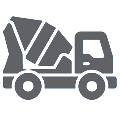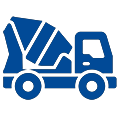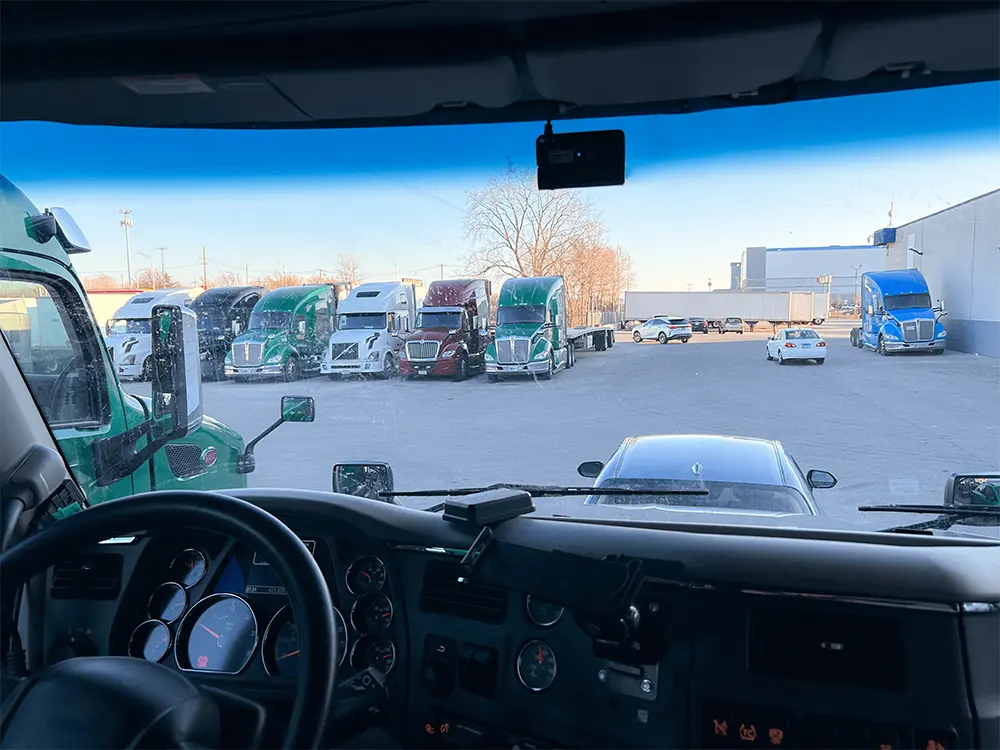Car 360° Around View Monitor (AVM) System
Car 360° AVM System
AVM 360° Surround View System
Provides a 360° panoramic view around the vehicle with no blind spots
The YUWEI 360 AVM system is specially designed for large commercial vehicles such as buses, school buses, trucks, and hazardous materials transport vehicles.

Car 360° AVM System Features:
- Parking Assistance
The system provides a perfect top-down view of the vehicle for easier parking.
- Effortless Driving
Facilitates lane changing, enhancing driving comfort and efficiency.
- Recording Function
Records 360° images of the vehicle as evidence in case of accidents.
- Accident Prevention
Helps avoid dangers on narrow or rural roads.
Car 360° AVM System Advantages:
- Seamless 360° panoramic video monitoring system for commercial vehicles.
- Quick Response
Offers higher recognition capabilities and speed, quickly identifying improper driving behaviors and delivering rapid alerts within milliseconds.
- Strong Anti-Interference Capability
The algorithm can adapt to various weather conditions and maintain stable recognition under different lighting conditions.
- Compatible with Various Vehicles
The solution can be customized for different vehicle models and interior configurations.
- Flexible Deployment
Wide-angle cameras are strategically placed at the front, rear, left, and right of the vehicle, allowing users to monitor the surroundings via the screen.

- Easy Installation
✔ Easy splicing operation
✔ Wide application range
✔ Parameter export/import
✔ Suitable for various types of vehicles
- Advanced Stitching Technology
✔ Sony sensors, 180° wide-angle
✔ Bird's eye view + single-channel display
✔ Automatic multiple view triggering
✔ Multiple vehicle models available
- Easy Expansion
✔ Rich output options: AHD / CVBS / HDMI
✔ Supports MDVR connection
✔ Uses only one channel of the MDVR
Comprehensive Understanding of Vehicle Surroundings
Stay aware of the vehicle's status at all times:
The system provides full 360° monitoring with no blind spots. By combining images from four or more cameras, the monitor displays a comprehensive view, allowing the driver to have a complete real-time understanding of the surroundings.
AVM Bird's Eye View for Easier Parking
The AVM system stitches together images from multiple cameras to provide a virtual bird's eye view of the vehicle’s surroundings on the screen, making parking easier and enhancing the driver’s situational awareness.
Pedestrian and Vehicle Detection
By analyzing the movement direction and distance of pedestrians, vehicles, and obstacles around the vehicle, the system effectively alerts the driver in a timely manner to avoid potential dangers.















































